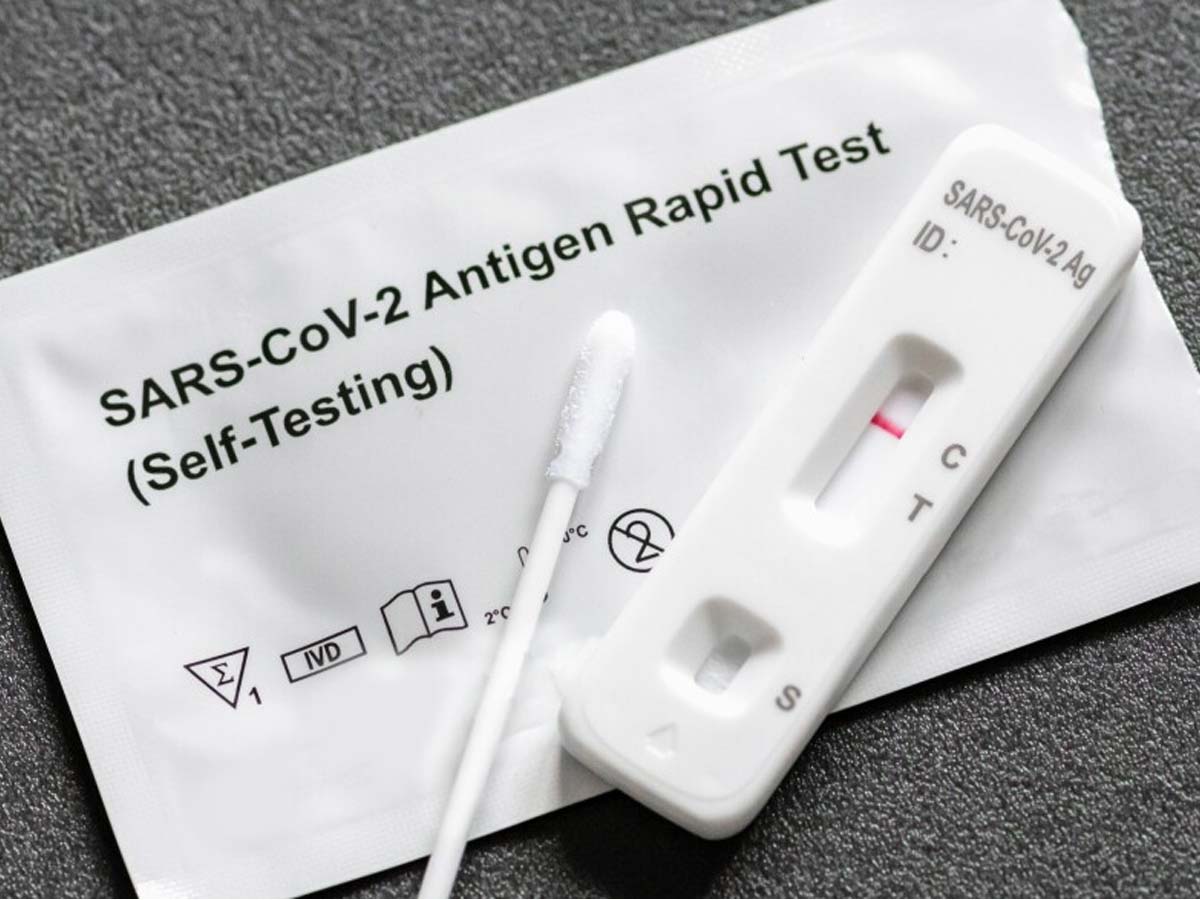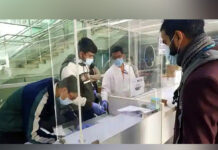
Not using Rapid Antigen Tests properly can lead to false positives. Before using the RATs, here are the 13 dont’s one should know to prevent false positives.
* Don’t store the kits at the wrong temperatures. They should be stored at 2-30 degrees Celsius. Extreme cooling will damage the components. Storing at higher temperatures will make permanent changes to protein structures.
* Don’t use expired kits. Always check on the Use-by list.
* Don’t use the kit from the refrigerator. The kit ingredients will not work properly at cool temperatures.
* Don’t open the test items until you are ready for the test. Storing it open may lead to false positives.
* Don’t test too soon or too late. It should be tested 2 days after exposure or 7-8 days after exposure.
* Don’t assume all brands work the same. There is a difference between the time frame to check the results, no of drops to be tested, the way the virus is extracted differs.
* Don’t touch the top of the swab, the part that goes into your nose with bare fingers. Don’t allow to come in contact with other surfaces.
* Don’t swab it at the wrong angle and depth. Go horizontally rather than going vertically. It is easy to get the angle/depth wrong. So be cautious.
* Don’t continue with the nasal swab if there is blood on it as it may lead to inaccurate results.
* Don’t eat, drink, chew, swallow, brush teeth before the RAT, as it may give false positives. Wait 30 minutes before taking a saliva sample.
* Don’t add too many or too few drops. Adding the correct number of drops to the indicator is crucial for correct results.
* Don’t read the result too early or too late. It may lead to false testing.
* Read the reading correctly. Two lines mean that you have tested positive for SARS-CoV-2. A line at C means you have been tested negative. A line at T indicates that the test is faulty and needs to be repeated. No line means the same as well.
























